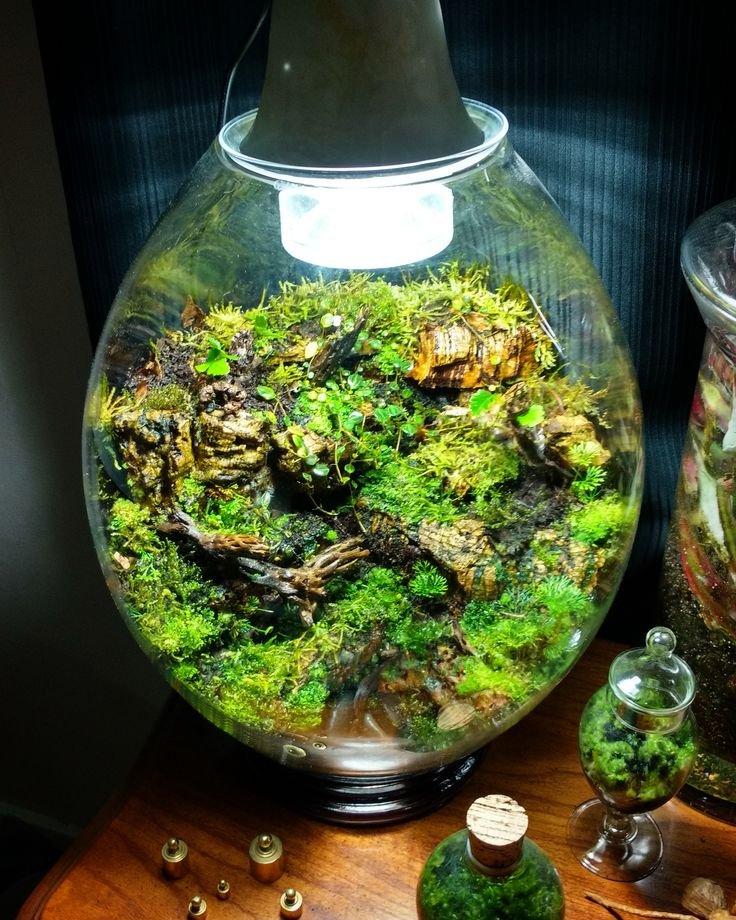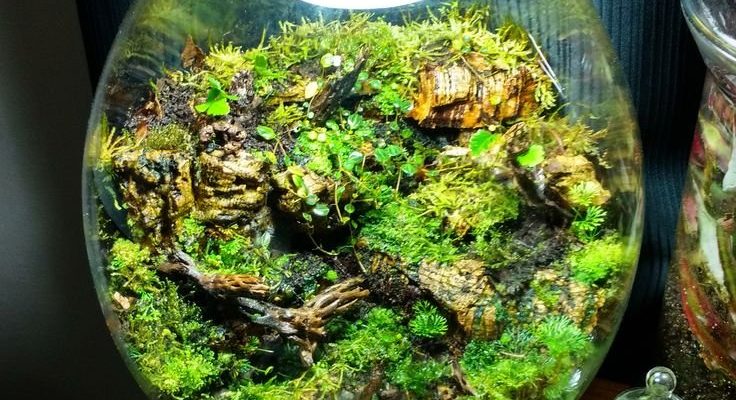
Now, if you’re thinking about keeping these quirky little guys in a terrarium, you’re not alone. Many pet enthusiasts are drawn to the idea of creating a miniature ecosystem that not only looks beautiful but also houses unique wildlife. But here’s the thing: it’s not as simple as plopping a velvet worm into a glass box and calling it a day. Let’s dive into what it really takes to care for these charming creatures in captivity.
Understanding Velvet Worms
Velvet worms are part of the phylum Onychophora, which means “claw bearer.” They’re fascinating in more ways than one. Unlike insects, they have a soft body, segmented like a caterpillar but very much their own creature. Found mostly in humid, tropical regions, these little animals thrive in environments that mimic their natural habitats. Keeping them in a terrarium means you need to replicate that humidity and environment as closely as possible.
They are predatory and feed on small insects, which can be a fun part of their care but also a challenge. You’ll find they have a unique hunting technique: they shoot a sticky slime to capture prey, sort of like nature’s very own superhero! It’s an interesting aspect that can make keeping them both engaging and a little tricky.
Creating the Ideal Terrarium Environment
When it comes to keeping velvet worms in a terrarium, creating the right environment is crucial. Not just any old glass box will do. You need to think about humidity, temperature, and the materials you’re using.
First, humidity is key. Velvet worms thrive in very moist environments, with humidity levels between 70% and 90%. You can achieve this by using a substrate that retains moisture well, like coconut coir or sphagnum moss. Mist the terrarium regularly to maintain that moisture, but be careful—too much water can lead to mold, which isn’t good for our squishy friends.
Next, let’s talk about temperature. Velvet worms prefer cooler temperatures, ideally between 20°C to 25°C (68°F to 77°F). This means keeping them away from direct sunlight, as they can easily overheat. Consider placing your terrarium in a shaded area or using a small fan to circulate the air without directly heating it.
Feeding Your Velvet Worms
Feeding velvet worms is an interesting adventure in itself. These creatures are carnivorous, meaning they need a diet of protein. Think small insects: fruit flies, pinhead crickets, or even small mealworms are excellent options.
You can also create a feeding schedule. Here’s a simple approach:
- Offer food every 2-3 days.
- Monitor their eating habits; if they seem uninterested, reduce the frequency.
- Don’t leave uneaten food in the terrarium for too long to avoid mold growth.
One of the nice things about velvet worms is that they don’t overeat. They’ll eat what they need and leave the rest, making your job a little easier. Just make sure you’re providing a variety of prey to keep their diet balanced.
Common Problems and Troubleshooting
So, what happens if things go south? You might be thinking, “What if my velvet worms don’t seem happy?” It’s good to know common issues and how to troubleshoot them.
If you notice your velvet worms slowing down or hiding all the time, this could indicate a problem with humidity. Grab a hygrometer to check the levels and adjust your misting routine accordingly. On the other hand, if there’s excess moisture causing mold, increase ventilation—maybe open up the terrarium for a bit.
Another issue could be feeding. If they refuse to eat, try offering different types of prey. Sometimes it’s all about variety. If you’re having consistent problems, consider changing the substrate or adjusting the temperature as it may not be to their liking.
Social Behavior and Group Living
You might be wondering if velvet worms can live together in the same terrarium. Here’s the thing: while they can coexist, it’s generally best to keep them alone or in small groups to prevent stress. In the wild, these critters might encounter others, but in captivity, territorial disputes can happen.
Also, velvet worms can eat each other if they’re too hungry—yikes! So, if you do decide to house more than one, make sure there are plenty of hiding places and food sources. This will reduce their stress and help them feel secure in their little home.
Choosing the Right Container
Selecting the right terrarium for your velvet worms is an important step. You’re looking for something that allows for good air circulation and humidity retention. A glass terrarium with a secure lid is typically a solid choice.
However, consider the size: you’ll want enough space for the worms to roam without feeling cramped. A container that’s at least 10 gallons is often recommended if you plan to keep more than one worm. This space allows them to establish territories and avoids overcrowding.
Add items like driftwood, rocks, or plants to create a natural look and provide hiding spots. Keep it simple but make it interesting—after all, you’re creating a home for not just one, but possibly multiple curious little creatures!
In the end, keeping velvet worms in a terrarium can be a rewarding experience. They’re unique, fascinating creatures that can add a touch of the exotic to your home. But with this uniqueness comes the responsibility of providing them with the right care and environment.
If you’re up for the challenge, and you take the time to create an ideal setup, you’ll find yourself with a captivating little ecosystem that will be the envy of your friends. Just remember to stay attentive to their needs, and you’ll likely build a rewarding relationship with these captivating invertebrates. Happy terrarium building!

